Affiliate Disclosure: This post may include affiliate links. If you click and make a purchase, I may earn a small commission at no extra cost to you.
M.2 SATA and M.2 NVMe SSDs come in the same form factor. The M.2 connectors may differ, but an NVMe port would still support the M.2 SATA SSD physically. However, whether the system supports the SATA drive or not will depend solely on how the motherboard is designed. Some M.2 NVMe ports are designed to handle both NVMe and SATA drives, while others are dedicated exclusively to NVMe drives.
The compatibility of your M.2 SATA drive in an M.2 NVMe slot would depend on how your motherboard is designed. However, in most cases, your M.2 SATA SSDs will work on an M.2 NVMe port. Let’s look at two motherboards as an example. I own these motherboards and have tested different SSDs in various slots to confirm compatibility.
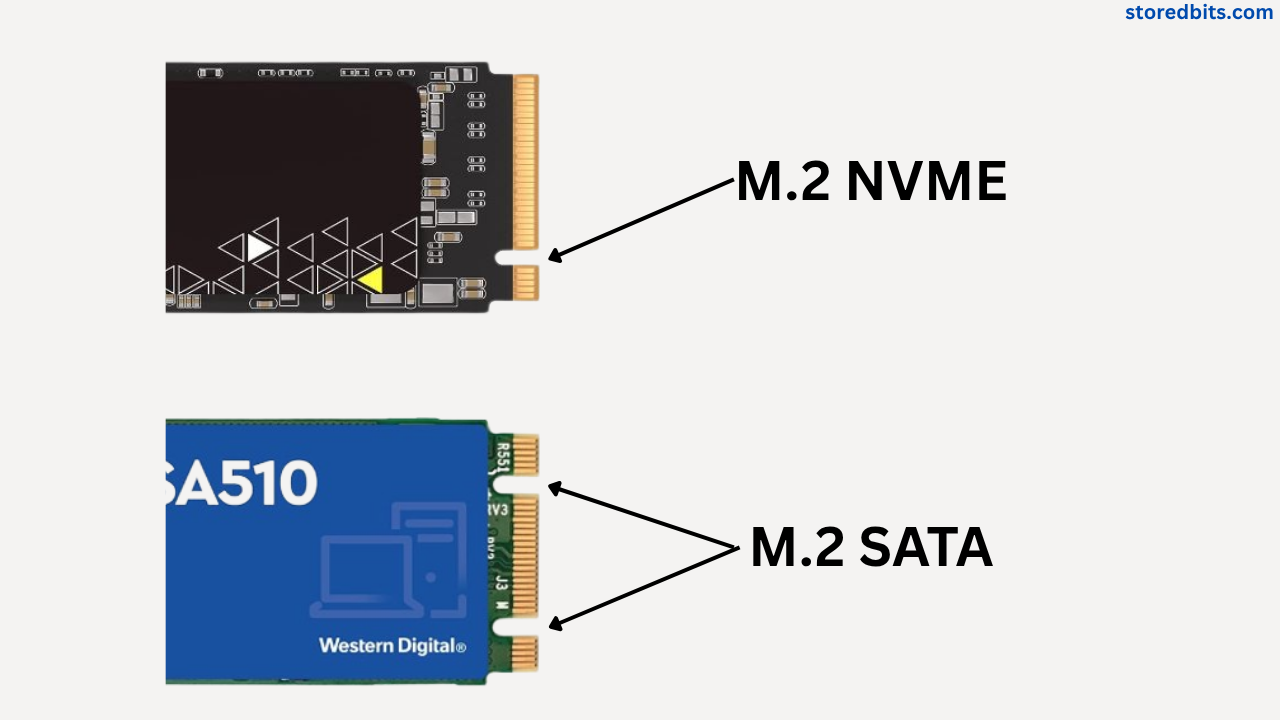
Things determining an M.2 port’s compatibility
The first and obvious thing is the port’s physical structure, i.e., its keying. Different keying configurations are as follows:
B-key: Supports SATA and PCIe x2.
M-key: Supports PCIe x4 (typically NVMe).
B+M key: Can support both SATA and PCIe, but is limited by the host slot.

The second most important thing is how that port is connected to the CPU. If it has a direct connection to the CPU, it will most likely support NVMe SSDs only. However, some processors support both PCIe and NVMe drives to work directly with the CPUs. The motherboard’s chipset also determines whether a port is compatible with one type of drive or both.
The motherboard can configure the M.2 slot to support PCIe (NVMe), SATA, or both. The user manual specifies which protocols are supported by each M.2 slot.
M.2 NVMe drives need PCIe lanes to connect to the CPU. So, an NVMe slot will have the PCIe lanes allocated to it. The number of lanes and the generation depend on the motherboard design. Other ports will connect the SATA bus ,allowing only the SATA drives. Some ports are hybrid and controlled by the chipset. These ports will support both M.2 NVMe and SATA drives. When an NVMe drive is connected, it generally bypasses the chipset and connects to the CPU. In the case of M.2 SATA drives, the connection will be routed through the SATA bus and chipset.
More about Hybrid M.2 Slots
There are two possible connection scenarios for the hybrid M.2 slots. Because these slots support both types of M.2 drives, the connections will be different.
Direct Connection to CPU (for NVMe):
Some motherboards connect the M.2 slot directly to the CPU’s PCIe lanes when an NVMe drive is used. This enables the highest possible data transfer speeds, as the NVMe drive can communicate directly with the CPU without requiring the chipset.
In this case, when using an M.2 NVMe SSD, the system would bypass the chipset and connect directly to the CPU. When you install an M.2 SATA SSD, it will switch to using the SATA bus via the chipset.
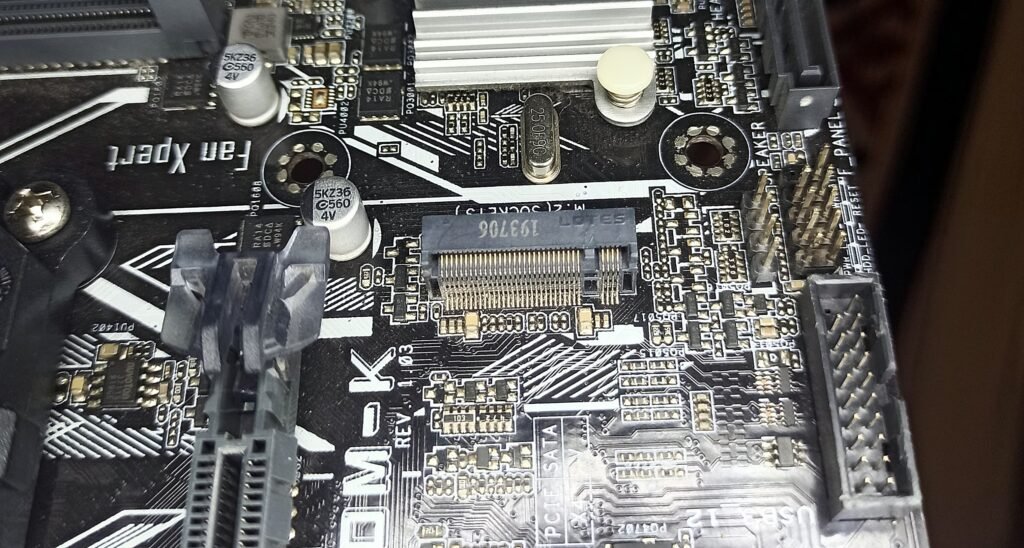
Connection via Chipset:
In other cases, the M.2 slot, whether for NVMe or SATA drives, is connected through the chipset. This means that even an NVMe drive would communicate with the CPU via the chipset. This would increase the latency and cause a little bottleneck as compared to the direct CPU connection.
Real-Life Examples
Motherboard No. 1: MSI Pro Z690-A DDR5 (PCIe 4.0)
This is my primary motherboard and it comes with 4 M.2 slots (M-Key). The primary slot, located nearest to the CPU, is dedicated solely to NVMe drives. It offers 4 PCIe Gen 4.0 lanes to the SSDs, which means no bottlenecks for the Gen 4.0 drives. This port generally provides the lowest latency and highest bandwidth to the SSDs. However, because this is a mid-range motherboard, it has one more slot dedicated solely to NVMe drives, with the same number of PCIe lanes. Both ports are handled directly by the CPU and have full access to the NVMe protocol.
Things start to look different at the 3rd M.2 slot, as you can see in the screenshot below. The third slot is controlled by the Z690 chipset. It supports the PCIe NVMe SSDs, but the allocated 4 PCIe lanes are from PCIe 3.0. This will cause a serious bottleneck to the Gen 4.0 drives (around 50% bottleneck). But, this port supports the M.2 SATA SSD with the maximum bandwidth of SATA, i.e., 6Gb/s. The same goes for the 4th slot, however, it has 4x PCIe 4.0 lanes instead of PCIe 3.0 lanes.

So, we can say that I can install two M.2 SATA SSDs on my M.2 NVMe SSD slots. However, the two M.2 NVMe slots, which are controlled and directly connected to the CPU, only support M.2 NVMe drives.
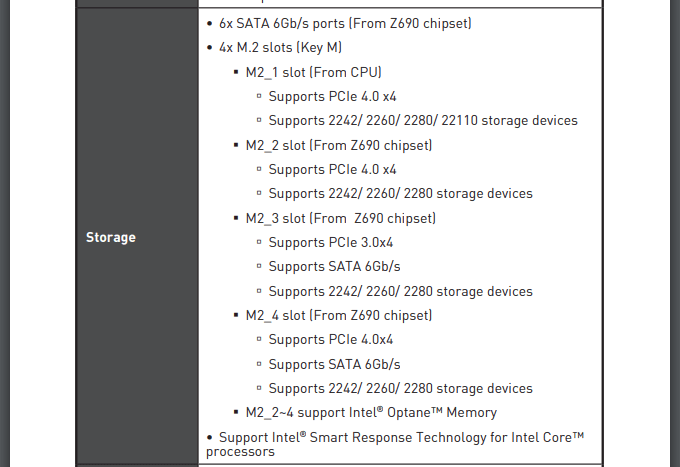
Motherboard No. 2: Asus Prime A320M-K (PCIe 3.0)
Things are different for this motherboard, as it is a low-end model, first of all, and also has only one M.2 slot. According to its specifications, it supports both M.2 NVMe and SATA drives.
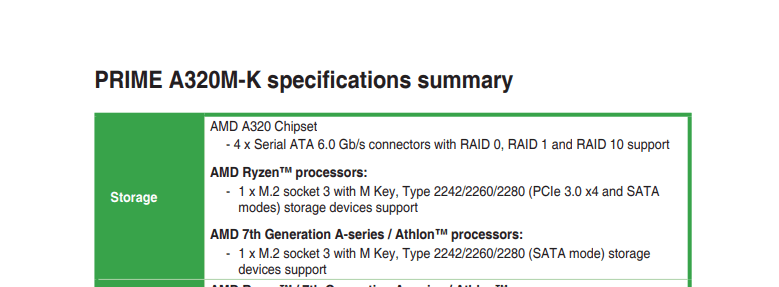
I have used this motherboard with both types of drives, and they work just perfectly. This port can switch between a chipset connection and a direct CPU connection, depending on the connected drive. So, the NVMe performance would not be bottlenecked by the chipset.
How to determine if your M.2 NVMe slot supports M.2 SATA SSDs?
The best way is to go through the motherboard user manual and the storage specification section. If your motherboard has many M.2 ports, one or two of these ports would support both NVMe and SATA drives. You just have to check which port is yours. You can check the port location in the user manual, or the ports will be named on the motherboard itself.
Another thing is to check if the NVMe is supported in the BIOS. Some older motherboards only support NVMe drives, but don’t allow the NVMe protocol to be used as the primary OS drive. However, these motherboards are pretty rare to see.
Just don’t go with the physical compatibility only. Most M.2 slots would physically allow both NVMe and SATA drive,s but on the software level, they might not support different drives. So, it is best to check the motherboard user manual first. In most cases, if an M.2 slot is connected to the CPU through the chipset, it would allow the SATA M.2 SSDs.
Also Read:



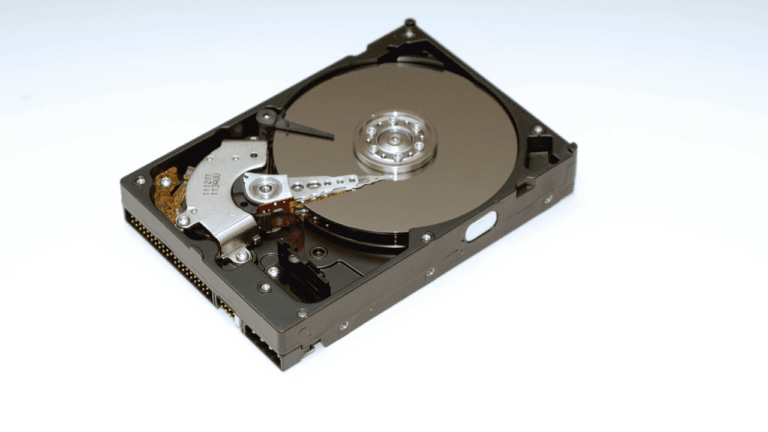
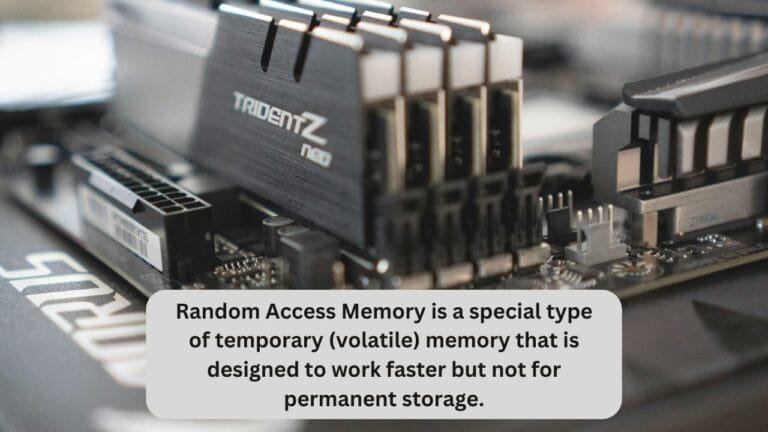


Hello
I would like to put a M.2 NVMe SSD in my DELL Precision M4700 Laptop (bought in 2012) instead of the preconfigured and way to small 2,5″ SSD. Via an adapter.
Does someone know it this is it possible to do this? Tried it? With what adapter exactly?
The M.2 SATA amd 2,5″ SATA SSD Options are unsatisfactory:
I don’t think your laptop even support the NVMe SSD. I checked the user manual and if it the same laptop, it just supports in mSATA SSD. No adapter would work in this case to allow you use an NVMe SSD and its speed in your laptop.